By: Syed Shayan
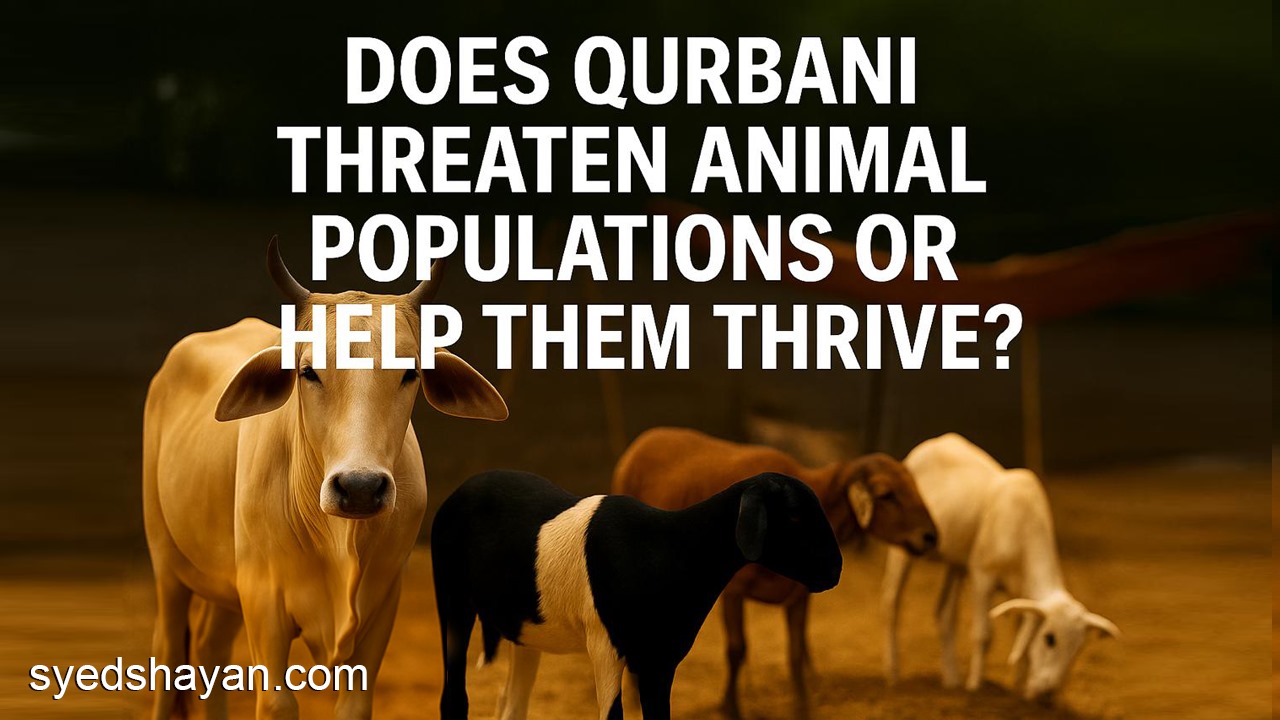
English Version Stats: 36 min 29 sec total reading time by 121 readers
[Urdu version metrics tracked separately]
Is Qurbani Endangering Animal Populations or Supporting Their Growth?
Every year, Muslims around the world perform Qurbani, and millions of animals are taken for this ritual during Eid
ul Adha. In Pakistan alone, approximately 6.8 million animals were offered for Qurbani in 2024, according to the
Pakistan Tanners Association. The breakdown is as follows:
Cattle and Bulls: 2.8 million (28 lakh)
Buffaloes: 0.165 million (1.65 lakh)
Goats: 3.3 million (33 lakh)
Sheep: 0.385 million (3.85 lakh)
Camels: 0.099 million (98,700)
This reflects a 9.7 percent increase from 2023, when around 6.18 million animals were presented for Qurbani.
If we estimate the total livestock population in Pakistan, focusing only on major domesticated animals, the figures
are as follows, based on the Pakistan Economic Survey 2023–24:
Cattle: 57.5 million
Buffaloes: 46.3 million
Goats: 87 million
Sheep: 32.7 million
Camels: 1.2 million
Donkeys: 5.9 million
Horses: 0.4 million
Mules: 0.2 million
This brings the total livestock population to approximately 231.2 million.
If we exclude animals not typically used for Qurbani or food purposes, such as horses, donkeys, and mules, the
remaining number comes to about 224.7 million. These excluded animals account for 6.5 million in total (0.4 million
horses, 5.9 million donkeys, and 0.2 million mules).
Therefore, the animals generally raised for Qurbani, meat, milk, and leather, including cattle, buffaloes, goats,
sheep, and camels, make up the primary population relevant to both agriculture and Eid ul Adha practices in
Pakistan.
The livestock sector supporting Qurbani plays a vital role in Pakistan’s economy, contributing 60.84 percent to the
value of agriculture and 14.63 percent to the national GDP. Livestock production has significantly enhanced the
availability of milk and meat and provides a livelihood to over 8 million rural households.
Although the number of animals taken for Qurbani annually stands at 6.8 million, the birth rate among livestock far
exceeds this figure. For instance, goats typically give birth twice a year. If we assume half of Pakistan’s 87
million goats are female, they could produce up to 87 million kids annually, far more than the total animals
presented for Qurbani. Similarly, cattle, buffaloes, and sheep maintain steady reproduction rates of 2 to 3 percent
per year.
This indicates that Qurbani does not threaten livestock populations. Instead, it operates within a natural balance
that not only fulfills a religious obligation but also sustains rural economies, food production, and the
agricultural base of the country.
Recently, major newspapers and social media in Pakistan have circulated a story regarding Morocco’s King Mohammed
VI, who reportedly urged citizens to skip Qurbani this year due to an economic and climate crisis that has affected
livestock availability. The King emphasized that while Qurbani is a confirmed Sunnah, Islam allows exemptions during
hardship. He personally announced that he would sacrifice just two sheep.
Following this appeal, animals disappeared from local markets, and videos surfaced showing government officials
seizing livestock from homes. This situation sparked criticism, with some blaming Qurbani for the decline in
Morocco’s livestock population. However, the facts point instead to weak livestock policies.
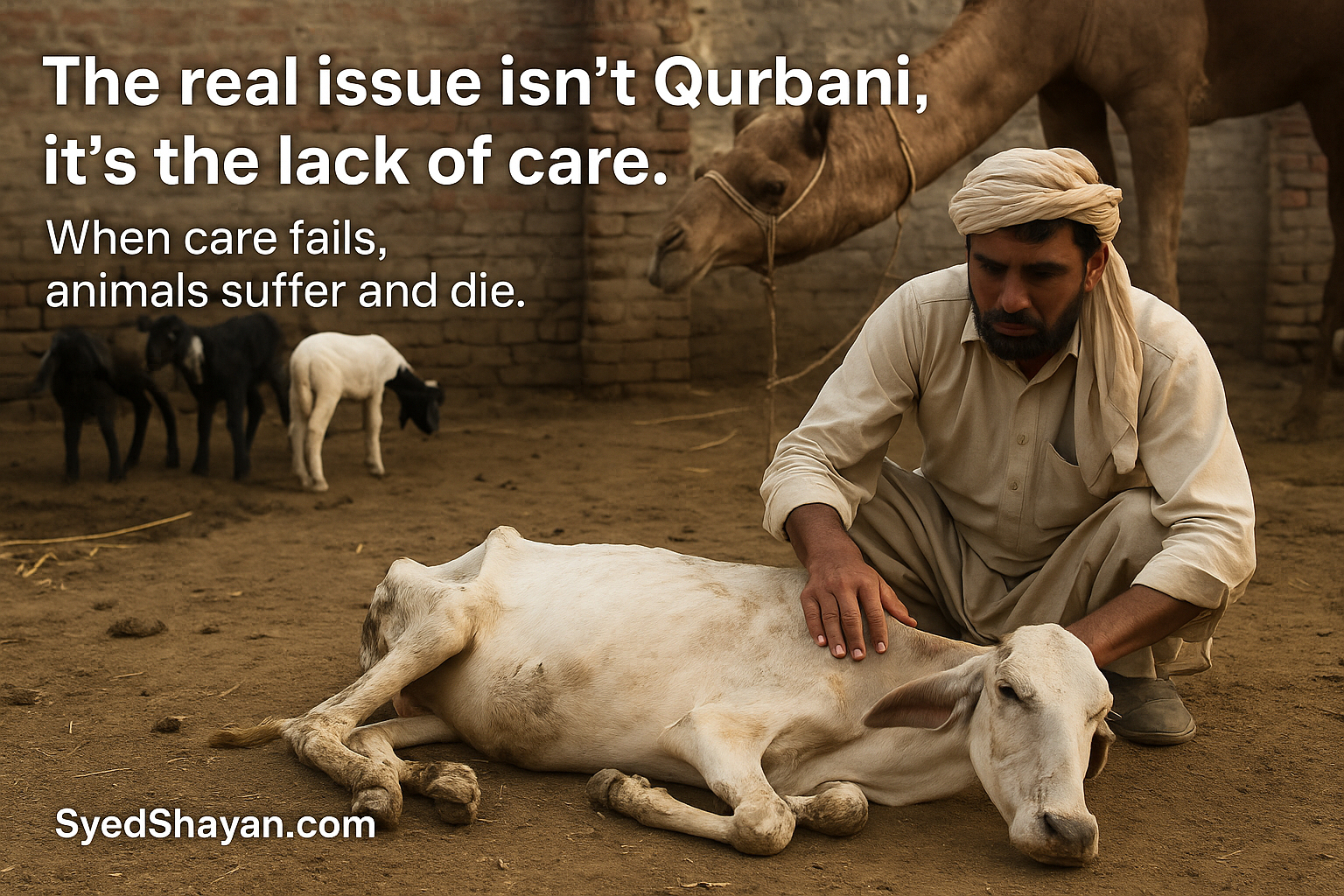
If a society does not invest in breeding, feed, healthcare, and animal welfare, it may face a situation like
Morocco, where a lack of support systems led to declining numbers and increased mortality. The issue is not Qurbani
itself, but the absence of long term care and management. If raising and nurturing animals is viewed as part of the
Abrahamic tradition, then Qurbani becomes not only possible but sustainable. Morocco’s case suggests that while
Qurbani was performed, the essential infrastructure behind it was neglected, and now the burden is falling on both
the livestock population and the public.
All this raises a profound question: Can a Sunnah Muakkadah, a practice consistently followed and emphasized by the
Prophet Muhammad (Sallallahu alayhi wasallam), truly be harmful to a nation or its people?
At first glance, the question of whether Qurbani harms animal populations might seem logical. But when examined
through religious, economic, and biological lenses, the conclusion is clear. Qurbani is not a threat. On the
contrary, it is a blessing for both humanity and livestock sustainability.
Allah commands in the Qur’an:
فَصَلِّ لِرَبِّكَ وَانْحَرْ
“So pray to your Lord and sacrifice.”
(Surah Al Kawthar, Ayah 2)
And the Prophet Muhammad (Sallallahu alayhi wasallam) said:
“The most beloved deed to Allah on the Day of Eid is the shedding of blood…”
(Tirmidhi, Ibn Majah)
This hadith emphasizes that Qurbani is not merely a custom, but a spiritual and natural act that brings divine
pleasure.
In reality, the demand for Qurbani drives the breeding of animals. In countries like Pakistan, where livestock
rearing is a major component of the rural economy, the rise in demand during the Qurbani season boosts animal
prices. This economic benefit encourages farmers and herders to raise more animals and care for them properly. In
economic terms, this is known as “demand driven reproduction”, when market demand naturally stimulates increased
production.
As this article has demonstrated through verified statistics, Pakistan’s animal population continues to grow. With a
human population of about 240 million, the number of large domesticated animals relevant to Qurbani stands at
approximately 224.7 million. This almost one to one ratio clearly shows Qurbani is not reducing livestock numbers,
but rather sustaining and expanding them through an integrated system.
7

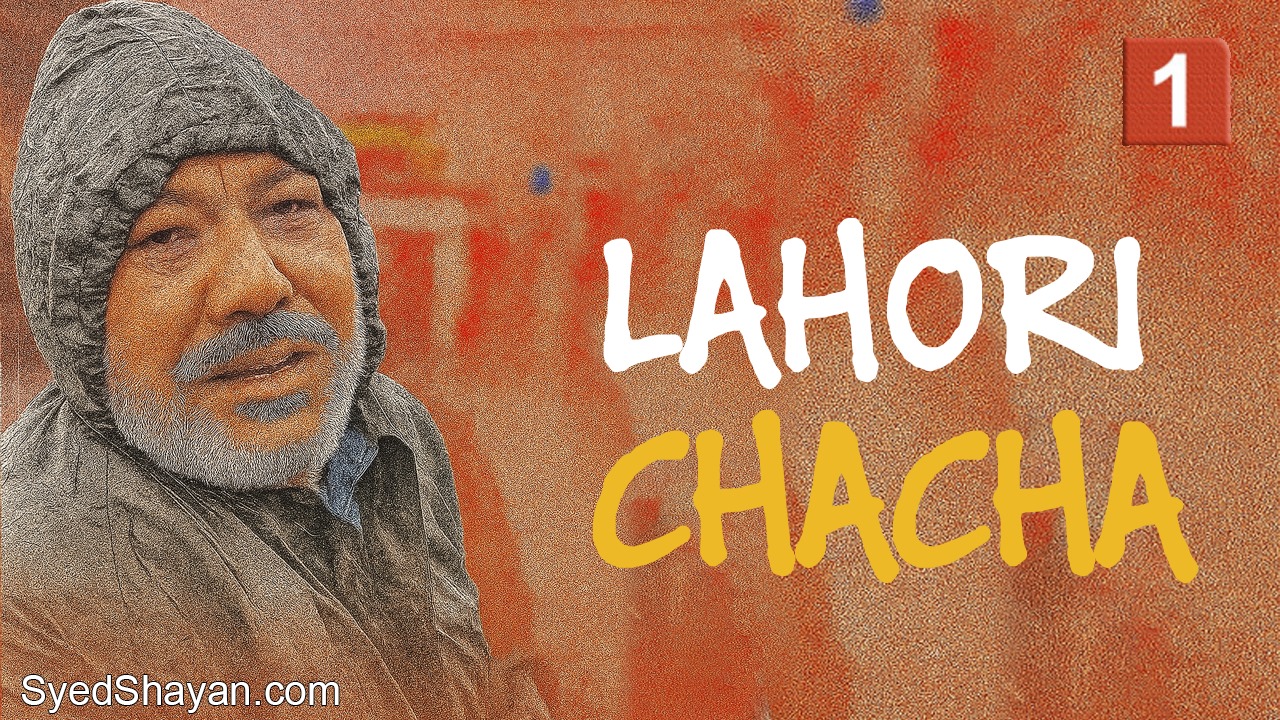




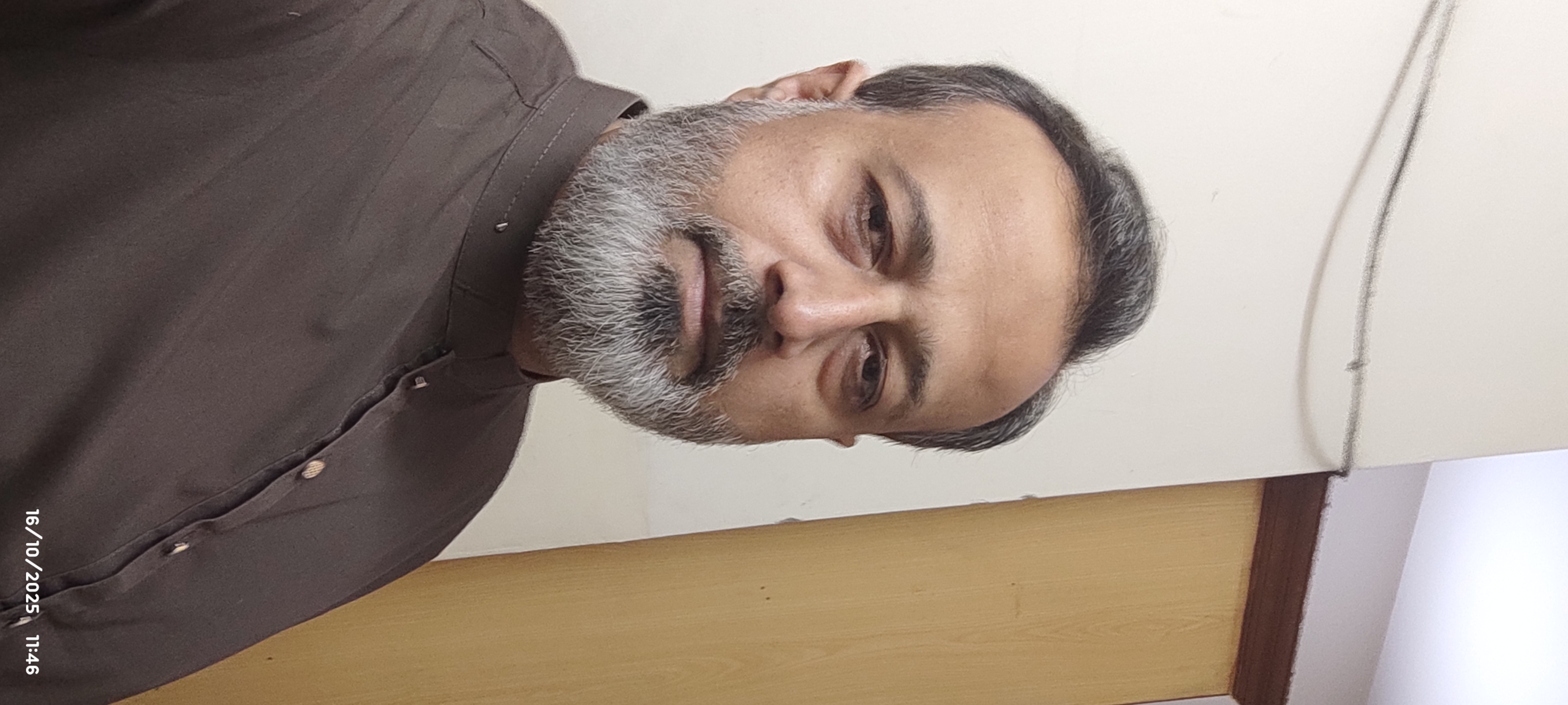







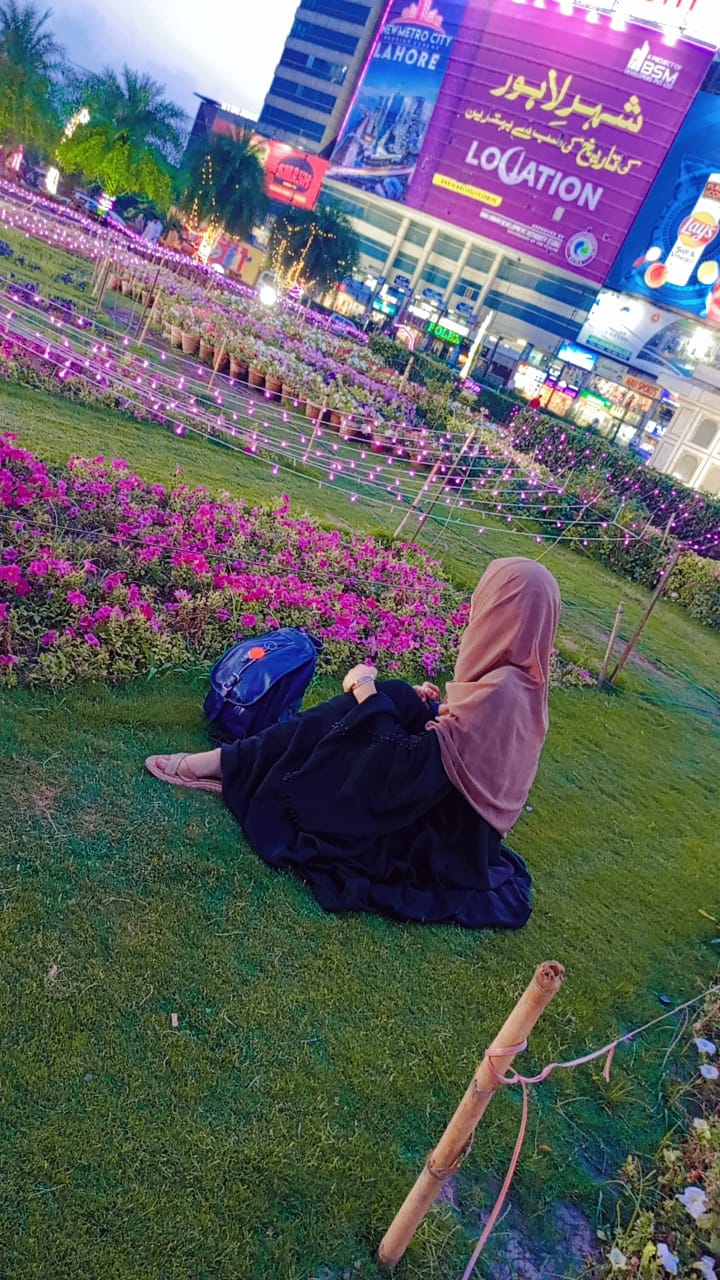
0 Comment
121 Views